Great White Trillium, Large Flowered Trillium, Wake-robin, White Trillium, Wood Lily – these are the common names for the beloved Trillium grandiflorum, a perennial plant from the Melanthiaceae family. Native to eastern North America, this species has deep cultural and ecological significance.
Known for its striking white blooms, the Great White Trillium holds a special place in nature and history. It is the state wildflower of Ohio and the official provincial floral emblem of Ontario. However, its popularity has led to conservation concerns, as it is frequently taken from the wild and cultivated commercially.
Beyond its beauty, the plant has practical uses. Native Americans have historically cooked and eaten its leaves, while the root stalks have been valued in traditional medicine. These features make the white trillium both a symbol of natural beauty and a plant of enduring utility.
| Common name | Great White Trillium, Large Flowered Trillium, Wake-robin, White Trillium, Wood Lily |
| Botanical name | Trillium grandiflorum |
| Family | Melanthiaceae |
| Species | grandiflorum |
| Origin | Eastern North America |
| Life cycle | Perennial |
| Plant type | Herbaceous Perennial |
| Hardiness zone | 4, 5, 6, 7, 8 |
| Sunlight | Dappled Sunlight |
| Maintenance | Medium |
| Soil condition | High Organic Matter |
| Soil ph | Acid |
| Drainage | Well-Drained |
| Growth rate | Slow |
| Spacing | 12 in. – 3 ft. |
| Harvest time | Summer |
| Flowering period | Spring |
| Height | 1 ft. – 3 ft. |
| Flower color | Pink |
| Leaf color | Green |
| Fruit color | Burgundy, Red |
| Stem color | Green |
| Fruit type | Berry |
| Flower benefit | Showy |
| Garden style | Native Garden |
| Uses | Naturalized Area |
I. Appearance and Characteristics
Trillium grandiflorum, the white trillium, large-flowered trillium, great white trillium, white wake-robin or French: trille blanc, is a species of flowering plant in the family Melanthiaceae. A monocotyledonous, herbaceous perennial, the plant is native to eastern North America, from northern Quebec to the southern parts of the United States through the Appalachian Mountains into northernmost Georgia and west to Minnesota. There are also several isolated populations in Nova Scotia, Maine, southern Illinois, and Iowa.
Trillium grandiflorum was first described by André Michaux in 1803 as variety grandiflorum of Trillium rhomboideum, a species now regarded as a synonym of Trillium erectum var. erectum. Michaux described the variety as having broadly rhombic leaves, large white petals, and black fruit. The epithet grandiflorum means “large-flowered”, a name that well describes Michaux’s variety. In 1805, Richard Anthony Salisbury elevated the variety to a full species. As a consequence, and partially by accident, Trillium grandiflorum is commonly known as the large-flowered white trillium.
Trillium grandiflorum is a perennial that grows from a short rhizome and produces a single, showy white flower atop a whorl of three leaves. Flowering stems are 20–40 cm tall. The leaves are often called bracts as the “stem” is then considered a peduncle (the rhizome is the stem proper, aboveground shoots of a rhizome are branches or peduncles); the distinction between bracts (found on pedicels or peduncles) and leaves (borne on stems). A single rootstock will often form clonal colonies, which can become very large and dense.
The erect, odorless flowers are large, especially compared to other species of Trillium, with 4 to 7 cm (1.5 to 3 in) long petals, depending on age and vigor. The petals are shaped much like the leaves and curve outward. They have a visible venation, though this is not as heavily marked as on the leaves. Their overlapping bases and curves give the flowers a distinctive funnel shape. Between the veined petals, three acuminate (ending with a long point) sepals are visible; they are usually a paler shade of green than the leaves, and are sometimes streaked with maroon.
The flowers are perched on a pedicel (i.e., flower stalk) raising them above the leaf whorl, and grow pinker as they age. The flowers’ stigmas are slender, straight or mostly so, narrowing at the end. The white petals are much longer than the green sepals. The flowers have six stamens in two whorls of three, which persist after fruiting. The styles are white and very short compared to the 9–27 mm (0.35–1.06 in) anthers, which are pale yellow, but become a brighter shade when liberating pollen due to the latter’s color. The ovaries are six-sided with three greenish-white stigmas that are at first weakly attached, but fuse higher up. The fruit is a green, mealy and moist orb, and is vaguely six-sided like the ovary.

II. How to Grow and Care
Sunlight
In nature, white trillium grows on forest floors, in valleys, or in rock cracks in middle- and high-altitude areas. It is a shade-loving plant. When grown in a garden, it needs a shaded environment, such as under trees or on the shady side of buildings to avoid harsh, direct sunlight. Blazing light exposure can cause it to wither.
Temperature
White trillium originates from North America and East Asia and like cool, moist habitats. It grows well in an environment with a temperature range of 8 to 12 ℃ and doesn’t tolerate high temperatures. It likes moisture and is not drought-resistant, and it prefers air humidity at 75% – 90%.
Watering
Originating from the moist, deciduous forests of North America, white trillium thrives in conditions that mimic its native understory habitat with consistent moisture. This species exhibits a preference for evenly moist soil and is relatively tolerant to brief periods of drought once established. It requires watering every week to maintain its hydration needs.
Transitioning smoothly between these points, it’s important to note that while white trillium can tolerate lower humidity levels, it flourishes when the air is more humid, reflecting its woodland origins. As an herbaceous perennial commonly grown outdoors, white trillium’s growth cycle is significantly influenced by rainfall patterns, which dictate not only its watering schedule but also the vigor of its seasonal foliage and flowering.
Soil
White trillium likes loose, fertile, moist, slightly acidic soil with good drainage. The ideal pH value range is 5.0-6.5, and shouldn’t exceed 7.3. If the soil is barren or has poor air permeability, you can improve it by mixing in a small amount of organic fertilizer.
Fertilizing
To foster vigorous growth and bloom in white trillium, opt for balanced nutrition fertilizers, complemented by high-phosphorus options to boost flowering. Fertilize biannually, during early spring and after flowering, with a light hand to prevent root burn. Benefits include enhanced growth and increased resilience. Seasonal variation is key; reduce application in dormant periods. Utilize a granular or liquid formula, applying 1/2 strength to moist soil and avoiding direct contact with foliage. Effective, safe fertilization entails even distribution and adherence to labeled rates, protecting white trillium’s delicate ecosystem.
Propagation
White trillium successfully propagates through division, best achieved during spring or autumn. Propagation can be slightly challenging, with thriving new plants signified by vigorous shoot growth. Careful handling of delicate roots is crucial for successful propagation.
Transplanting
Transplant white trillium during the sweet spot of early to late spring, when they will establish best. Choose a well-shaded location with moist, well-drained soil for optimal growth. Handle the delicate root system gently, and surround with leafy mulch to retain moisture.
Repotting
Repot white trillium every 2-3 years, ideally in spring before peak growth. As a small, low-growing perennial, white trillium thrives in a slightly larger pot that accommodates its delicate roots without overcrowding. Post-repotting, ensure rich, well-draining soil and shade from direct sun. Consistent moisture is key, but take care to avoid waterlogging for this temperate woodland species.
Pests and Diseases
Trillium grandiflorum is susceptible to a greening disorder caused by bacterial organisms called phytoplasmas that alter the morphology of infected plants. Symptoms of phytoplasma infection include abnormal green markings on the petals (floral virescence), extra leaves (phyllody), and other abnormal characteristics. Infected populations occur throughout the species range but are prevalent in Ontario, Michigan, and New York.
For many years, this condition was thought to originate from mutation, and so many of these forms were given taxonomic names now known to be invalid. In 1971, Hooper, Case, and Meyers used electron microscopy to detect the presence of mycoplasma-like organisms (i.e., phytoplasmas) in T. grandiflorum with virescent petals. The means of transmission was not established but leafhoppers were suspected. As of November 2021, the insect vector for the disorder is unknown.
Phytoplasmas were positively identified in T. grandiflorum and T. erectum in Ontario in 2016 and later confirmed in 2019. Phylogenetic analysis supported the grouping of the phytoplasmas isolated from infected plants as a related strain of ‘Candidatus Phytoplasma pruni’ (subgroup 16SrIII-F) with 99% sequence identity. This subgroup of phytoplasmas is associated with various other diseases, including milkweed yellows, Vaccinium witches’ broom, and potato purple top.Trillium grandiflorum is susceptible to a greening disorder caused by bacterial organisms called phytoplasmas that alter the morphology of infected plants. Symptoms of phytoplasma infection include abnormal green markings on the petals (floral virescence), extra leaves (phyllody), and other abnormal characteristics. Infected populations occur throughout the species range but are prevalent in Ontario, Michigan, and New York.
For many years, this condition was thought to originate from mutation, and so many of these forms were given taxonomic names now known to be invalid. In 1971, Hooper, Case, and Meyers used electron microscopy to detect the presence of mycoplasma-like organisms (i.e., phytoplasmas) in T. grandiflorum with virescent petals. The means of transmission was not established but leafhoppers were suspected. As of November 2021, the insect vector for the disorder is unknown.
Phytoplasmas were positively identified in T. grandiflorum and T. erectum in Ontario in 2016 and later confirmed in 2019. Phylogenetic analysis supported the grouping of the phytoplasmas isolated from infected plants as a related strain of ‘Candidatus Phytoplasma pruni’ (subgroup 16SrIII-F) with 99% sequence identity. This subgroup of phytoplasmas is associated with various other diseases, including milkweed yellows, Vaccinium witches’ broom, and potato purple top.
III. Uses and Benefits
The leaves were cooked and eaten by some Native Americans. The subterranean rootstalks were also chewed for various medical purposes.
IV. Harvesting and Storage
10-14 weeks after white trillium blooms, when the fruits turn brown, it’s time to harvest the seeds for sowing. Pick the fruits off the plant, squeeze lightly to crack them open, and find the ripe brown seeds inside. The seeds can be sown right away or placed in moist peat soil for refrigerated storage.
Find Where to Buy the Best Great White Trillium (Trillium grandiflorum)
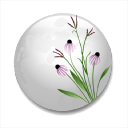
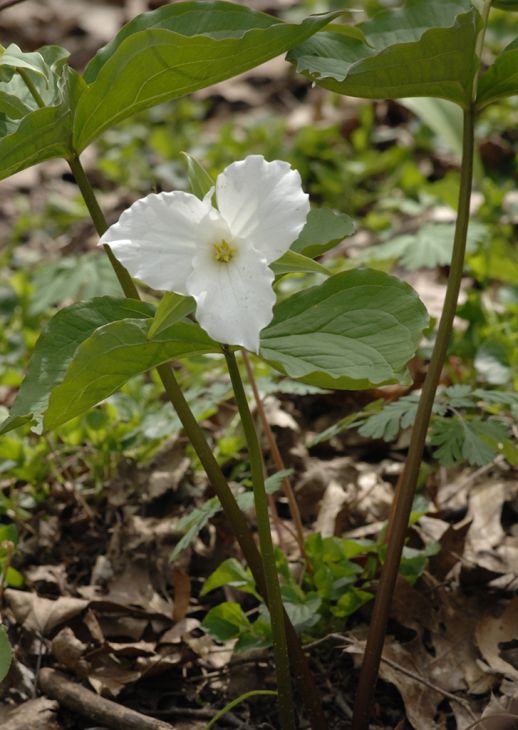










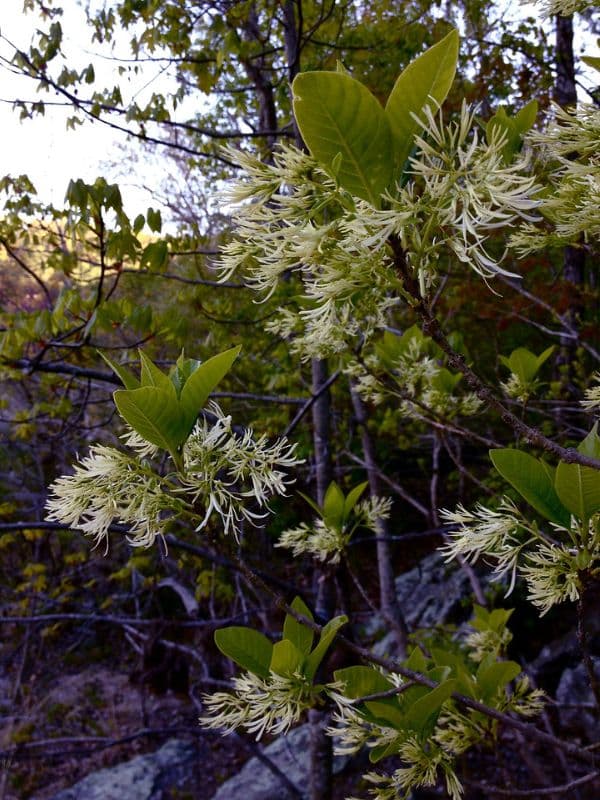
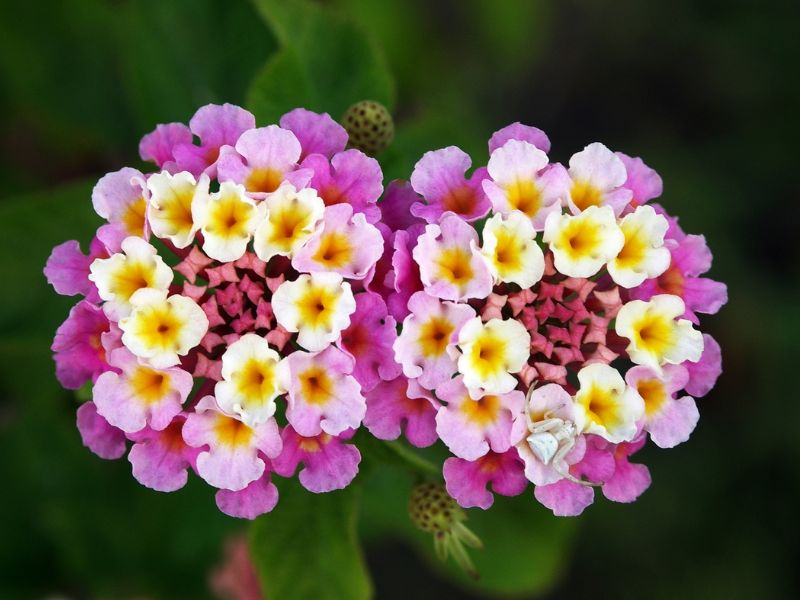
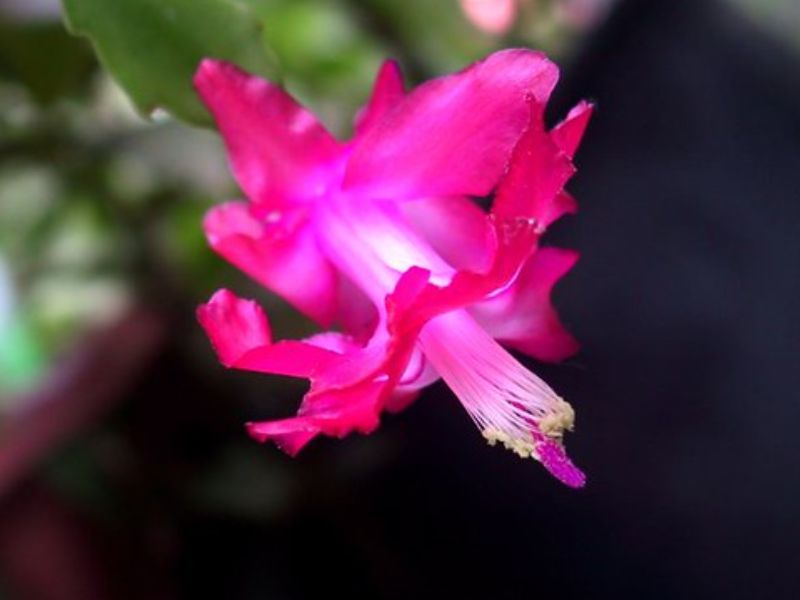

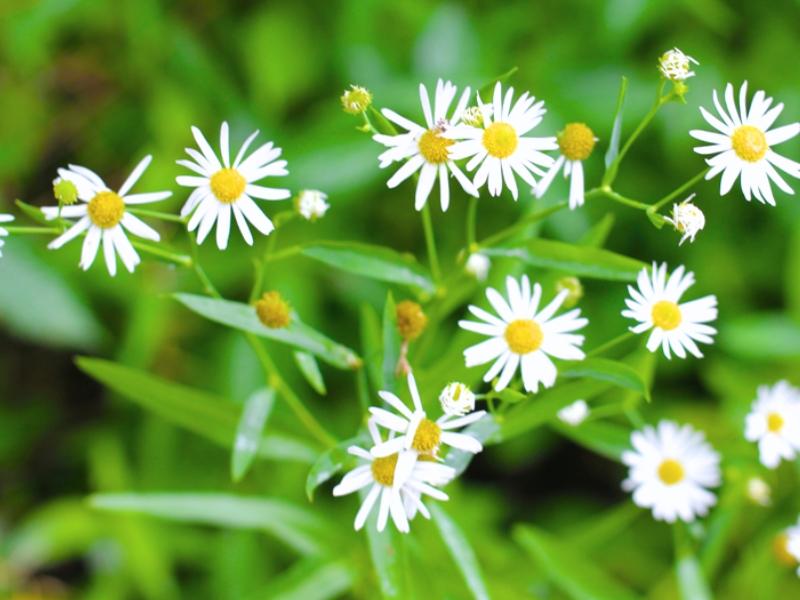
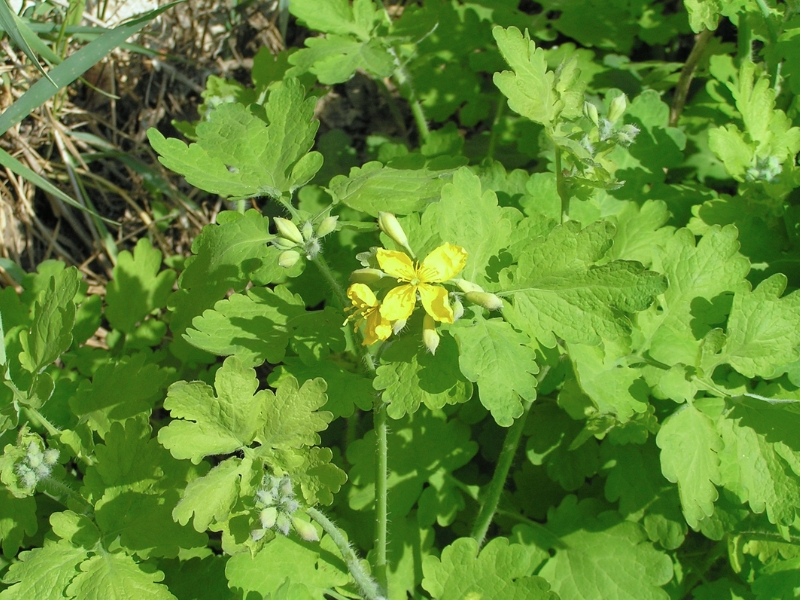
Leave a Reply